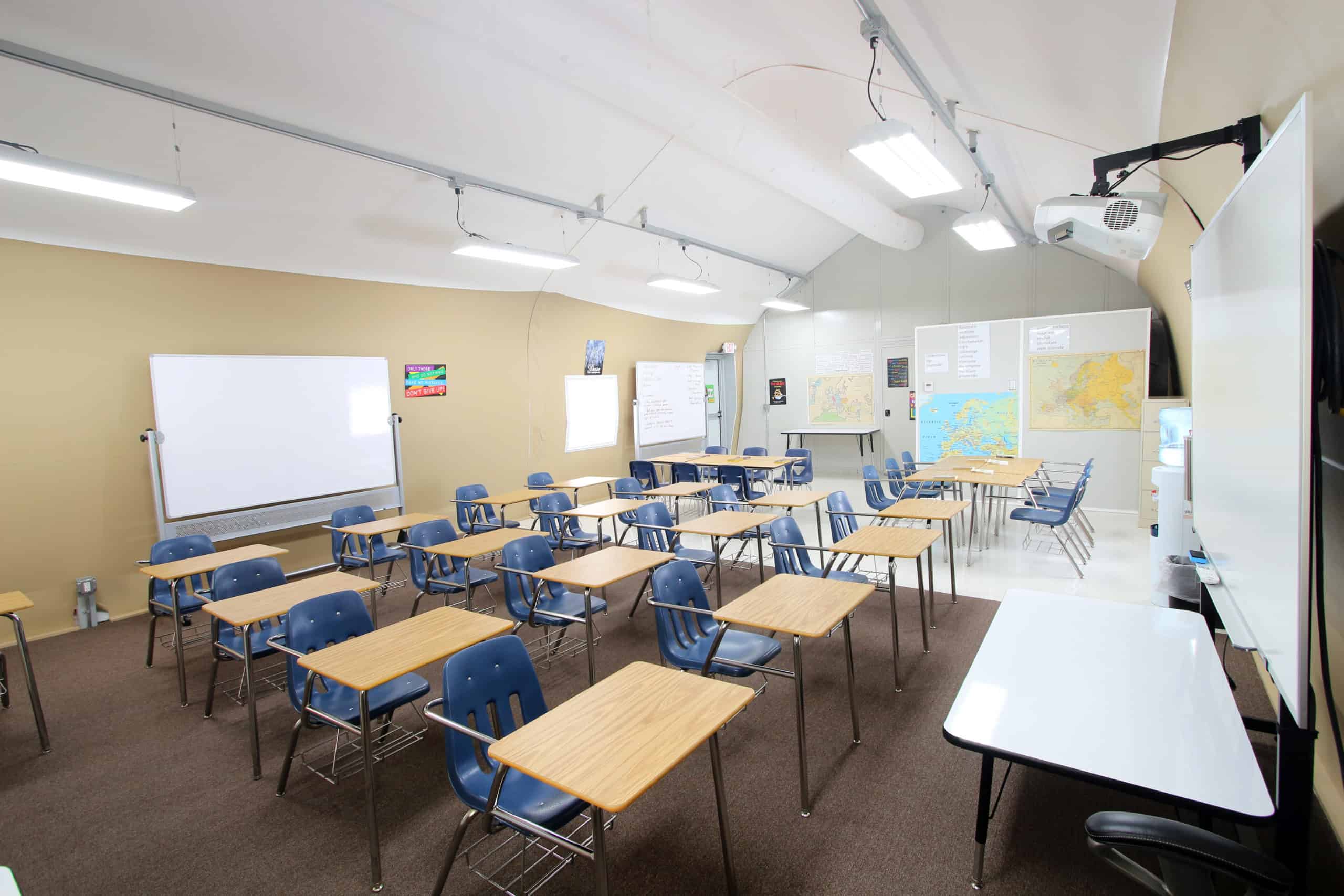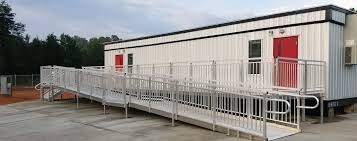Enhancing Student Experience with Well-Designed Portable Classrooms

Portable classrooms are more than just temporary buildings. When designed well, they can be comfortable, safe, and inspiring spaces where students enjoy learning. The right design can help students focus better, feel more comfortable, and even perform better in school.
Adequate Space
Students need adequate space and natural light for optimal comfort. Modular classrooms allow custom configurations and design flexibility. The layouts can be adjusted based on demand to maintain comfortable and supportive learning environments. If a district experiences increased student intake, it can order more portable classrooms or expand the existing layout to increase the available space. The units stack on top of each other, allowing you to use vertical space when expanding classrooms. Portable structures also offer temporary solutions when renovating or responding to emergency catastrophes that damage existing classrooms.

Instead of trying to fit displaced students into permanent classrooms designed for a specific number, order portable units. The classrooms can also be scaled down when attendance or enrollment drops. This flexibility allows you to provide adequate space without overpaying for unused units. The units also come in customizable designs that fit into awkward plots and corners, allowing you to maximize space. You can use them to address overcrowding or adapt to changing needs while maintaining a comfortable, engaging environment for students.
A school I worked with in California upgraded their old portables with better windows and soundproofing. Within a semester, teachers reported fewer complaints about noise and more student participation.
Versatile Solutions
Modular classrooms offer flexible layouts that support a wide range of learning requirements. Brick-and-mortar classrooms are often limited to the original design and integrations, which may not support modern learning experiences. Manufacturers will easily disassemble and reconfigure modular designs to match current demands.
Technological Integrations
Classrooms are evolving with advancements in technology. Projectors, VR-optimized spaces, and wireless internet connectivity are becoming part of the learning experience. Learners and their instructors want real-time access to resources, which are increasingly being stored and sourced from electronic, digital, or online media. Modular classrooms support custom technological integrations.
You can request specific features and designs based on the learning experience you seek to provide. Vendors offer whiteboards, high-speed internet connections, screens, and other audio-visual systems.
They also offer smart HVAC units and safety features built to leverage digital technology. Whether you need surveillance systems, smoke detectors, emergency alarms, or other technological integrations, modular classrooms support them. Modular classrooms provide the flexibility to optimize and adapt the classroom at any time, enabling you to leverage both existing and emerging technologies.
Reduced Disruptions
Mobile classrooms usually don’t require extensive excavations and construction work. The heavy lifting, which involves fabricating all components of the design, is completed at the factory. This approach reduces installations to assembling the different parts, securing the unit, and installing the required features and finishing. Modular classrooms involve minimal disruption to normal learning programs. Professionals can also install the classrooms more rapidly, so any disruption is limited to a few hours or days at most.
Conventional brick-and-mortar classrooms often involve comprehensive construction.
Ground excavation, noisy heavy-duty machinery, and potential air pollution from flying debris may render the space unsuitable for learning.
With mobile classrooms, manufacturers finish the messy details at the factory, resulting in less work at the installation site. Quick installation also allows you to resume learning programs early, and custom space lets you maintain schedules despite renovations and expansions.
Find Portable Classrooms to Rent or Purchase Today

Mobile classrooms offer numerous benefits, as they can be easily disassembled, relocated, and reconfigured. This flexibility enables you to adapt classrooms to accommodate various teaching methods and changes in enrollment or curriculum. Speak to a modular building supplier today to find out more about renting or buying portable classrooms.
